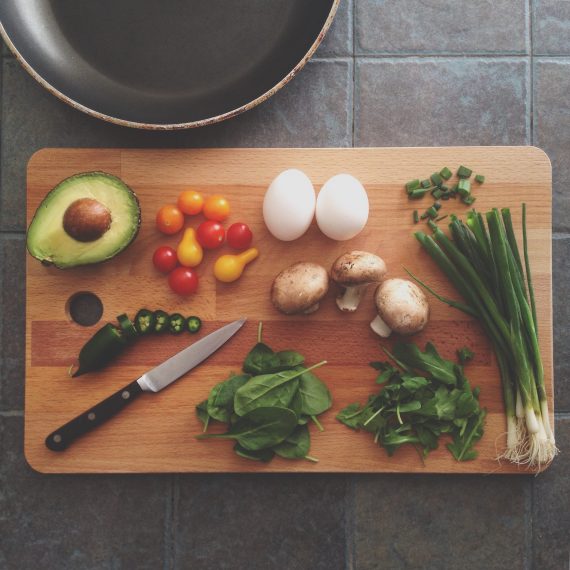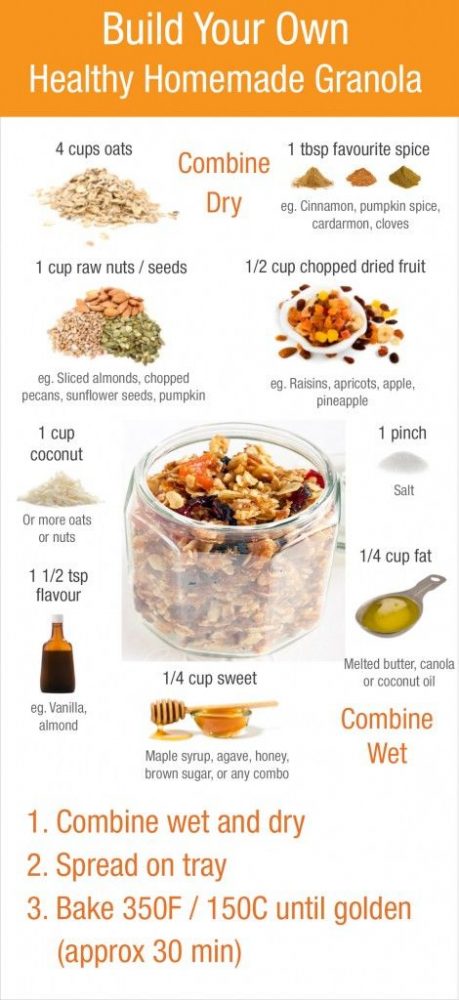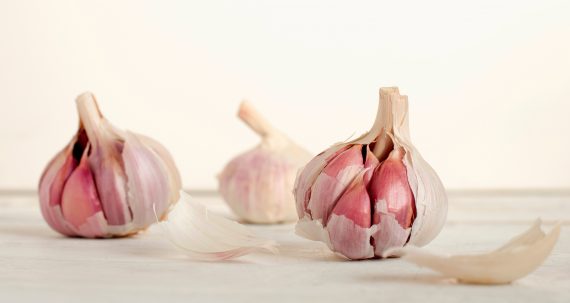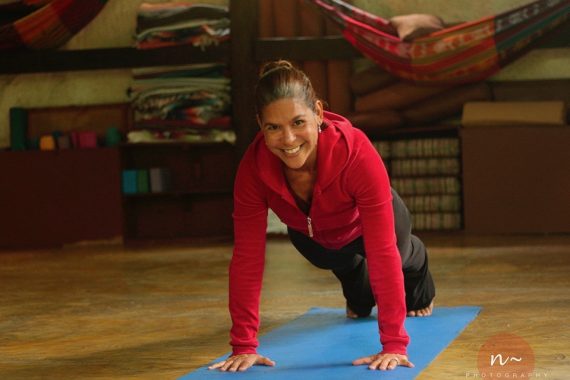Blood Pressure Meds? No thank you!

How I lost 20 pounds as part of my blood pressure management strategy
“So, I’m putting you on blood pressure medication”, said my GP matter- of- factly (or so it seemed to me) on a routine checkup visit.
“What?! Why?” I responded in a panic. I’d always thought that my blood pressure was good, except for the occasional “white coat syndrome” high reading. (White coat syndrome happens when patients exhibit an abnormally high blood pressure reading due to the anxiety experienced during a doctor’s visit. Outside of the doctor’s office, the blood pressure is normal).
“Your blood pressure readings have been going up, so, I’m going to put you on medication to keep it under control.”
Wow, I thought. I really don’t want to be on blood pressure meds for the rest of my life, suddenly imagining myself slavishly taking blood pressure meds every day with all the attendant side effects and risks that taking meds entails.
“Isn’t there anything else I could do?” I asked, eager for some other option.
“Well, you could lose weight, that would help. And cut down on salt”.
Both options sounded doable, although truth be told, I was always trying to lose a few pounds, not so successfully thus far. Salt, however, wouldn’t be so hard to cut out or at least cut down.
“Ok, I’ll lose weight and cut down on salt”, I said, somewhat rebelliously, relieved that there was another option.
“In the meantime,” said my doctor sternly, “I want you to check your blood pressure every day and take your medication whenever it’s over 130/80.
“Ok. I will.” I reluctantly agreed, determined to not have to take a pill – ever. (I would have to get a blood pressure checking machine).
I was annoyed. High blood pressure? Seriously? I’d always been “healthy” and super active my whole life. I’m a yoga teacher after all!
Secondly, why were meds the first option? Shouldn’t my doctor have given me the non-medication options first? I mean, like change your diet, do more exercise, work less, sleep more (ok maybe not the last two)?
My doctor seemed quite ok with prescribing daily blood pressure medication for me as if it were no big deal! And maybe to doctors, it isn’t. To be fair to doctors, many people probably wouldn’t be willing to change/manage their lifestyle well enough to control their high blood pressure and so need to be on medication. But apart from the costs of being on daily medication, I knew that all medications have side effects. And judging by the TV commercials for drugs, lots of side effects!
So I decided then and there that I was going to lose 20 pounds, change my diet and manage my blood pressure by managing my lifestyle.
Losing 20 pounds
Losing weight is hard. I should know as I’d been trying literally for years to lose 10 pounds. But now I was highly motivated- I did not want a life of having to take daily medication of any sort!
I knew that I had to do something else, something new/different versus what I had been doing up to that point. We all know the definition of insanity – doing the same thing over and over again and expecting different results.
My goal was to lose two pounds per week. Here’s what worked for me:
- I decided this was not going to be another “diet” but a new way of eating, exercising, living. I would have to cut down (permanently) on things I liked to eat (mainly simple carbs like white bread, white rice, sweet things, fried foods, and alcohol).
- I liked the idea of six small meals a day. I could eat often but just smaller quantities and better quality calories). So, I aimed for six small meals per day (approximately 250 to 300 calories each on average).
- Food was to be my medicine. Understanding that blood pressure can be helped by balancing the potassium and sodium in the body, I decided I had to make sure I had sufficient potassium and not too much sodium in my daily diet).
- I drank a lot of water. I never really measured the amount but just tried to drink more water throughout the day.
- I bought a digital scale and throughout the process, I weighed myself every two or three days. My thinking was that if I overdid it one day, then I would make up for it the next day (I definitely did not weigh the morning after a bad food day), but gave myself an extra day or two and then weighed).
- I followed a predominantly plant-based diet, with occasional meat and dairy added.

My new menu was (and still pretty much is) more or less as outlined below:
Breakfast: A smoothie. My basic smoothie recipe is two bananas (lots of potassium) + oats + almond milk or coconut water + ice. I also sometimes add other fruits in season (I do live in Jamaica so we have lots). I also sometimes add vegetables as only fruit can be a lot of sugar for breakfast. So depending on what I have, I combine kale, cucumber, parsley, and avocado. This results in a pretty great-tasting smoothie. There are myriad options/combinations, but for me, it’s important to get the potassium from the bananas and coconut water.
If I don’t do a smoothie, I may have a piece of whole-wheat toast with hummus, sardines or ripe avocado if in season. Since store-bought granola can be expensive and loaded with sugar, I also make homemade granola (see a super easy recipe below) and some days have my home made granola and almond milk. Most days, however, it’s a smoothie.

Mid-morning snack: Handful of almonds, maybe another fruit, rest of my breakfast smoothie.
Lunch: Protein (usually fish or chicken or beans), complex carb (often sweet potato which is also loaded with potassium), lots of veggies (raw or cooked). I eat chicken or fish once or twice per week. I often combine this with a bean/lentil soup or stew of some sort. I try to have my main meal at lunch and have a light dinner.
Afternoon snack: Same as mid-morning plus a cup of tea with milk no sugar. I like cookies, so I often have a few with my tea (I try to stick to 2 or 3).
Dinner: Mostly protein and salad, sometimes a small amount of carbohydrate. My salads (thanks to my husband’s excellent salad making skills) are varied and interesting! My salads include things like at least three or four different types of vegetables, nuts (usually roasted almonds, they roast nicely in a George Foreman grill), onions, roasted garlic (also roast well in a George Foreman grill), olives, feta cheese. Key is to fill your salads with things that you like!
I try to stick to this basic menu almost every day including weekends. If I go out, I splurge on other things I like but I just try to make up for it the next day by eating a bit less.
Of course, I still enjoy the occasional glass of wine or two or three (I know we ladies should stick to one and I try to). I definitely drink a lot less than I used to.
I also need to add that eating “healthy” is a lot easier if your partner/family is on board. I realize it must be much harder if your partner/family wants to be eating hot dogs and pizza while you’re eating a salad for dinner.


So that’s basically it for my food. For exercise, I try (emphasis on try), to do cardio (walking and or jogging) two to three times a week for 45 minutes to an hour, plus yoga once or twice a week, plus some type of weight training once or twice per week (this often does not happen but it is important especially for us ladies – as we get older we lose muscle). Depending on the type of yoga you do, yoga can be a substitute for weight training if your yoga practice includes a fair amount of weight bearing postures like plank, arm balances and downward facing dog.
It actually took me the better part of a year to lose 20 pounds and so far I’ve managed to keep it off. I go up a few pounds here and there but then I get stricter with myself and go back down to more or less where I want to be. I try hard not to obsess about hitting an exact number on the scale!
Keeping the weight off
For me, the key to keeping the weight off is to continue to weigh yourself often (weekly, every few days, or whatever works for you) and to take immediate action if you see the weight creeping back up. Managing my blood pressure means managing my lifestyle including my weight. This also means monitoring my blood pressure every day to prevent spikes. Spikes can be incredibly dangerous and can cause strokes!
I did have a “spike” incident once before I was on medication. I just felt definitely not normal. It’s hard to describe but my head just felt weird. Not dizzy exactly but sort of light headed. I just felt super strange that something was not quite right. It was scary. At the time I had no idea it could be my blood pressure spiking. So, I called a doctor friend of mine who immediately said, “it’s probably your blood pressure” upon hearing my symptoms. She told me to immediately mix a glass (about 12 ounces) of coconut water with about five cloves of crushed raw garlic and drink it. (Garlic also helps to manage blood pressure). I can’t say it was delicious but it worked. And within an hour or two, I felt much better. I’m talking here about what worked for me. Obviously, everyone is different and so this is in no way a prescription for everyone. I’m simply sharing here what worked for me to maybe help others.

Nowadays, if my pressure goes above 130/80, I obediently take a pill (although thankfully this rarely happens). I also know that my blood pressure can be affected by things other than food. These include the amount of exercise I’ve done (especially if I’ve done cardio or not), how much sleep I’ve had, hormones (I am in menopause), plus other factors I’m sure I’m not aware of. Having some sort of daily meditation and or mindful breathing practice has also been shown to help manage blood pressure.
Please also note that some people absolutely need to be on blood pressure meds, so it is important to be working with your doctor to manage your blood pressure either with medication or by managing your lifestyle or both!
Lastly, to keep it all sustainable, it really helps to eat what you like and do what you like to do for exercise. Find nutritious foods you enjoy eating and eat them in reasonable quantities. It also helps to find some type of exercise you like to do (just different ways to move your body) and do them as much as possible. If you don’t enjoy what you’re eating and doing for exercise, chances are you’re not going to do it very often.
I call this enjoying your way to wellness.




No Comment